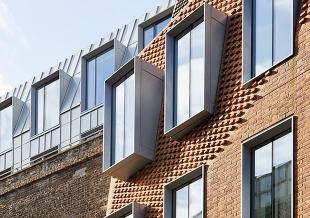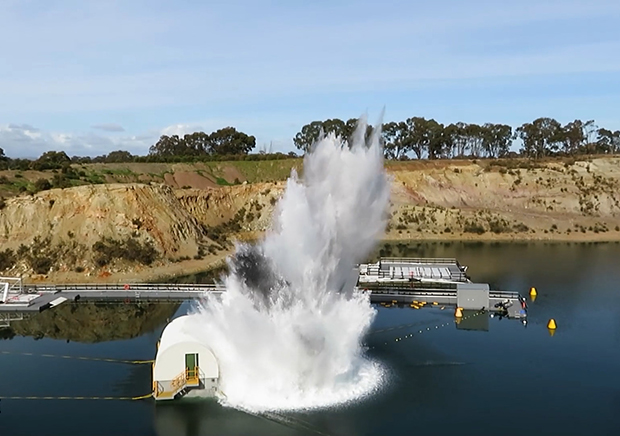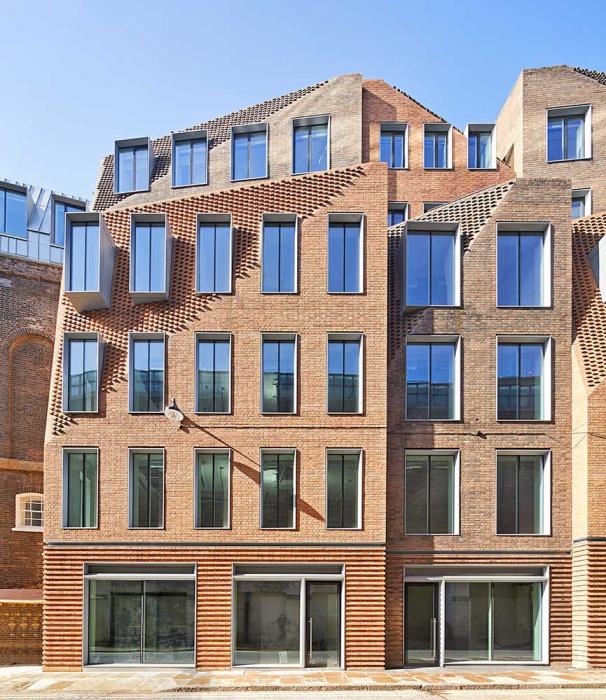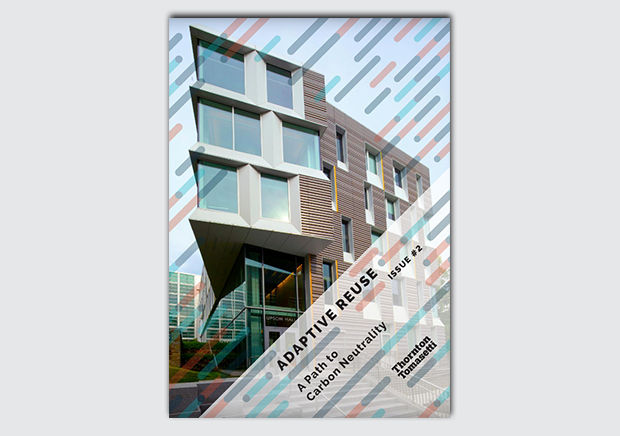
New London Plan Calls for Low-Carbon Building Sector

 Courtesy Hufton+Crow
Courtesy Hufton+Crow
London has taken a major step towards a greener built environment. In March, Mayor Sadiq Khan adopted two new pieces of the London Plan Guidance, which sets out requirements for whole life-cycle carbon (WLC) assessments and circular economy statements. Together, these policies aim to minimise a building’s carbon footprint from construction through operations and more sustainability manage waste and resources. Although these currently only apply to projects in planning that are referred to the Mayor of London, it could serve as an impetus for UK boroughs to adopt similar polices for developments of all sizes.
Regulatory change such as this is vital if we are to secure a non-carbon future. All carbon emissions related to the building industry need to be accounted for and reduced. It is also crucial that we design towards circular economy principles so that buildings use as much post-consumer recycled/repurposed material as possible to reduce their carbon footprint. This will enable us to move away from a cradle-to-grave approach and towards cradle-to-cradle as the service life of buildings is extended through adaptive design and designing to re-use/repurpose materials elsewhere.
The WLC assessments require a life cycle assessment (LCA) to be conducted at the outline planning stage, detailed planning stage and with a post-construction carbon take-off. This LCA should include all life stages, from raw material supply to end of life and reuse. Additionally, a pre-app statement is required outlining material embodied carbon reduction and operational carbon reduction strategies as well low carbon material, waste and procurement strategies. The circular economy statements are also required at pre-application, outline and detailed planning submission as well as at post-construction (i.e., the commencement of RIBA Stage 6). The statements will necessitate circular economy targets to be set, along with statements around the approach to circular economy design principles, end-of-life strategies and waste and demolition strategies.
Thornton Tomasetti is able to provide life cycle assessments for all stages and building elements. We have a long history of developing low-carbon strategies on a range of different building architypes. We can help steer key stakeholders to ensure that the low-carbon and circular economy ambitions developed at pre-planning are realised at construction and meet the London Plan Guidance requirements.
For more than a decade, Thornton Tomasetti has been accounting for the embodied carbon in its designs. We developed a 400-plus-strong project database that allows us to benchmark our projects to ensure that we are on track to meet our carbon reduction ambitions. Our ongoing embodied carbon R&D initiative has seen us look to collaborate with the wider industry in areas where we must unite to really tackle carbon reductions. Thornton Tomasetti staff has contributed to the Institution of Structural Engineers’ proposed SCORS target, the Chartered Institution of Building Services Engineers’ embodied carbon quantification methodology and partnered with MIT and The Carbon Leadership Forum on numerous embodied carbon initiatives. We are also playing an active role in the London Energy Transformation Initiative, offering key contributions to the Embodied Carbon Primer and the Carbon Alignment work. More recently, we have been working with the Centre for Window and Cladding Technology to help define a methodology for embodied carbon calculations for façades.
We have significant expertise in providing code compliant life cycle assessments, having conducted BREEAM, LEED and Living Building Challenge LCA’s on more than 40 buildings globally. Among these were the Wimbledon Pavilion in London and Harold Alfond Athletic Center at Colby College in Waterville, Maine, (one of the first projects to achieve SITES Gold in New England) as well as a number of design assist whole-building life cycle assessments. We utilise a two-stage approach to reducing carbon through LCAs. First, we look to ensure that the design is materially efficient in terms of low-carbon material choice and reduced material quantity. Once we are satisfied that the building design is at its most material efficient, we look to ensure delivery is possible by implementing a low-carbon specification and procurement strategy by engaging with members of the supply chain early so that low-carbon ambitions can be delivered on site.
To get to net-zero, we must ensure there is a balance between operational and embodied carbon. The choices made in façade and building design can have a positive impact on the energy load, daylighting, comfort and overheating of a space, to name a few. These low operational carbon and resilient design strategies, however, can often inject upfront embodied carbon into the project. Sustainability experts can help guide design teams through this balancing process. Whole-building life cycle assessments and expertise in conceiving and delivering low-carbon structures and façades can help to ensure that the lowest carbon buildings are delivered, without building greenwashing. By accounting for carbon streams throughout the project at the material choice stage, construction, maintenance and refurbishment, and through to end-of-life, we can achieve our sustainability goals.
Adaptive Reuse, Issue #2: A Path to Carbon Neutrality
Adaptive Reuse, Issue #1: How To Navigate Recent U.K. Legislation Changes













